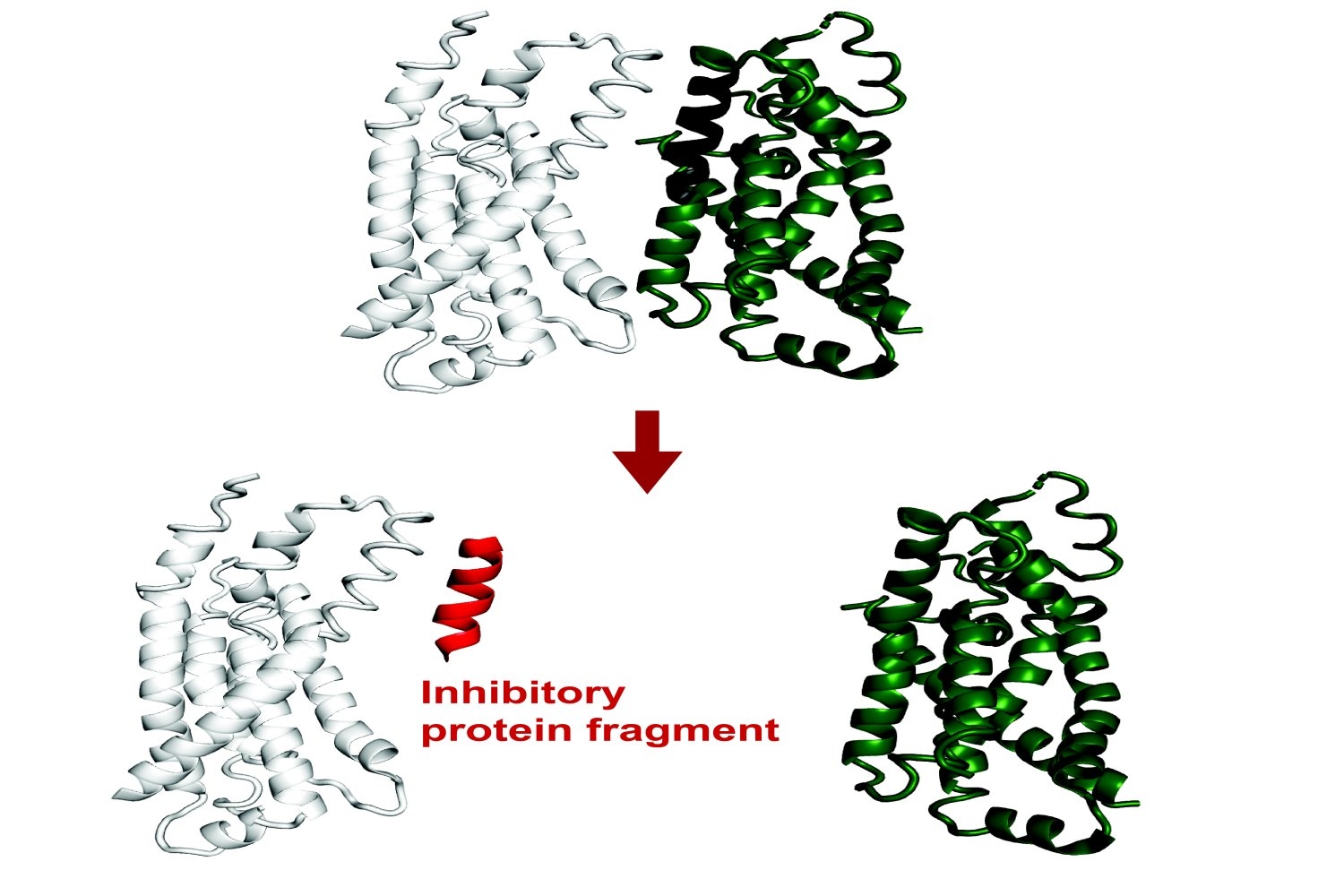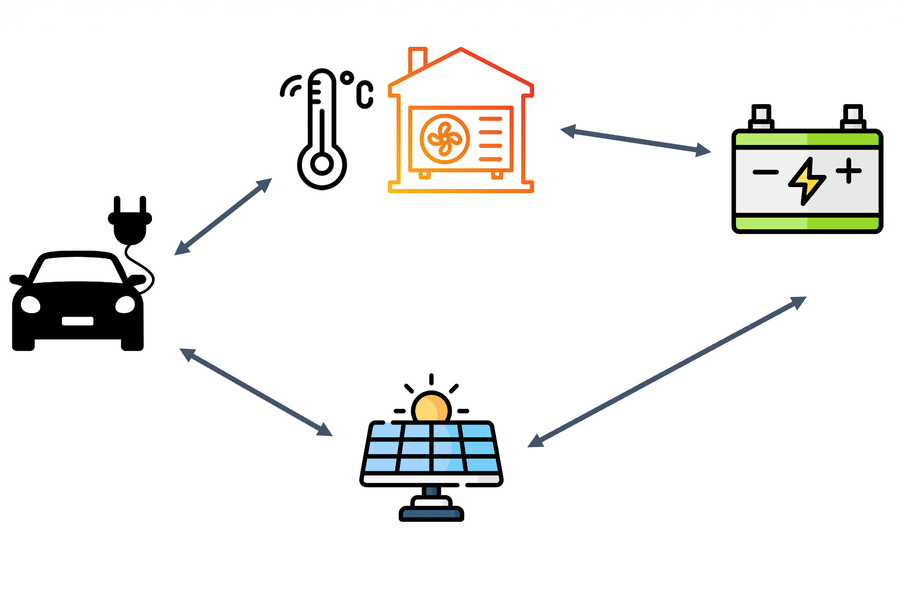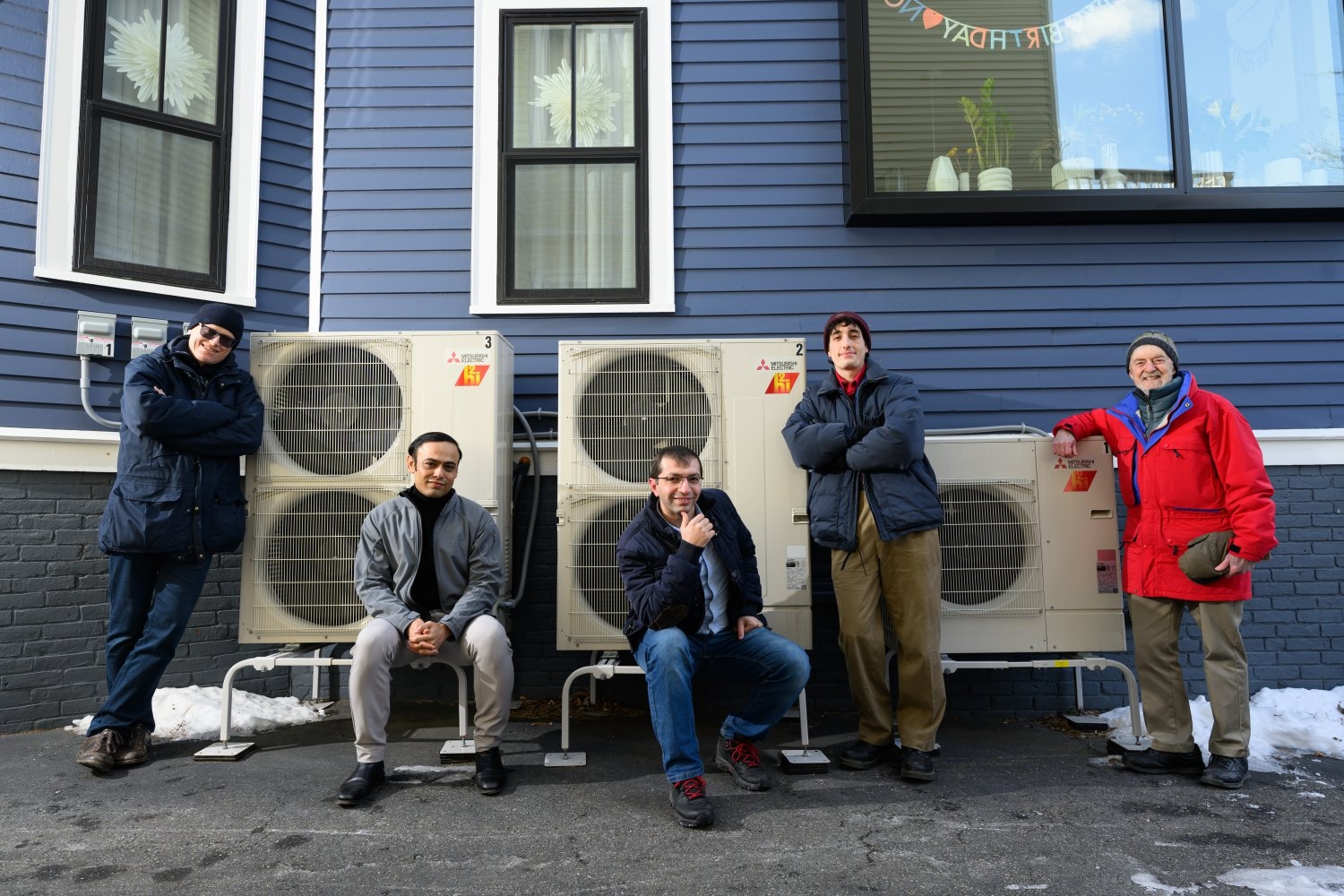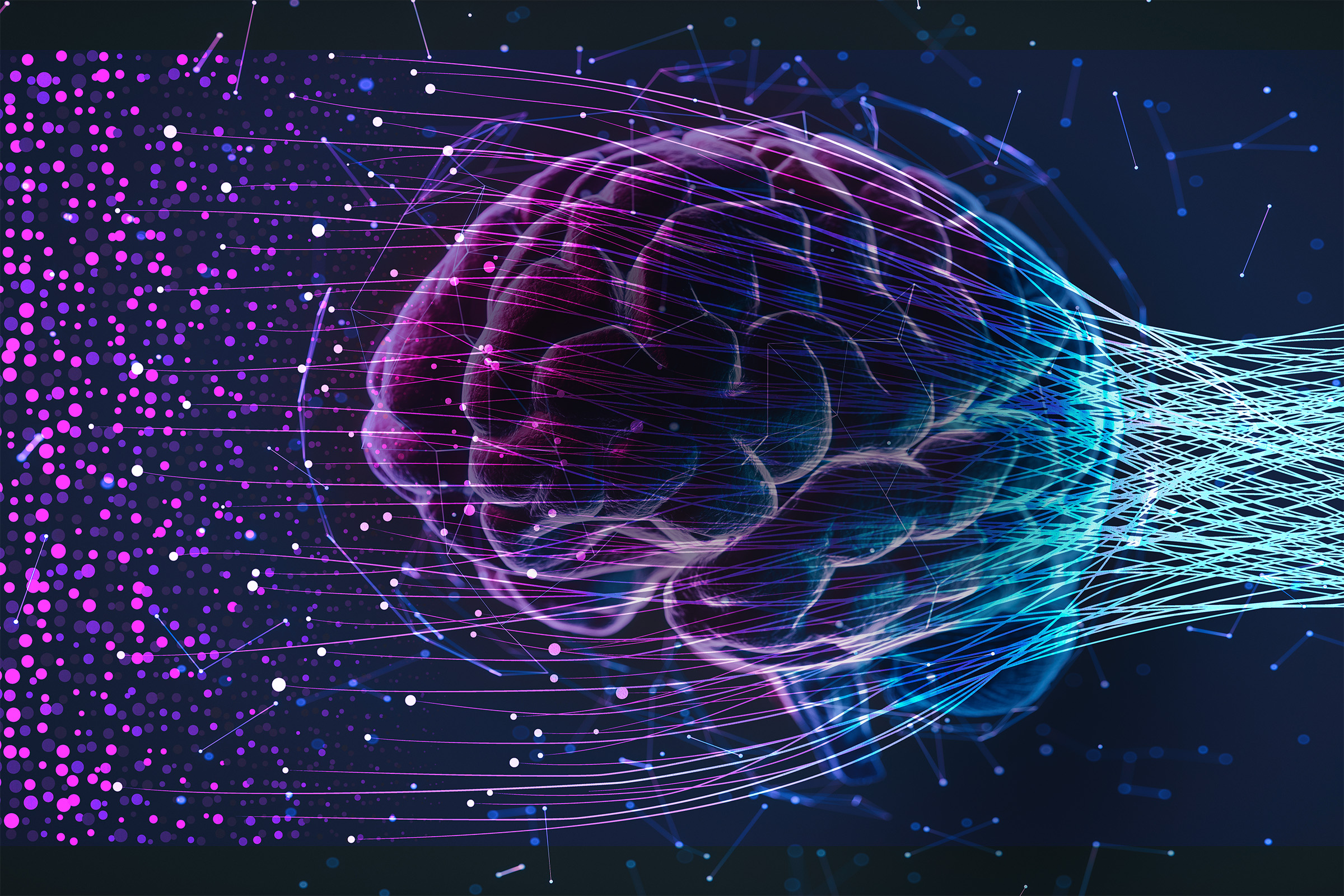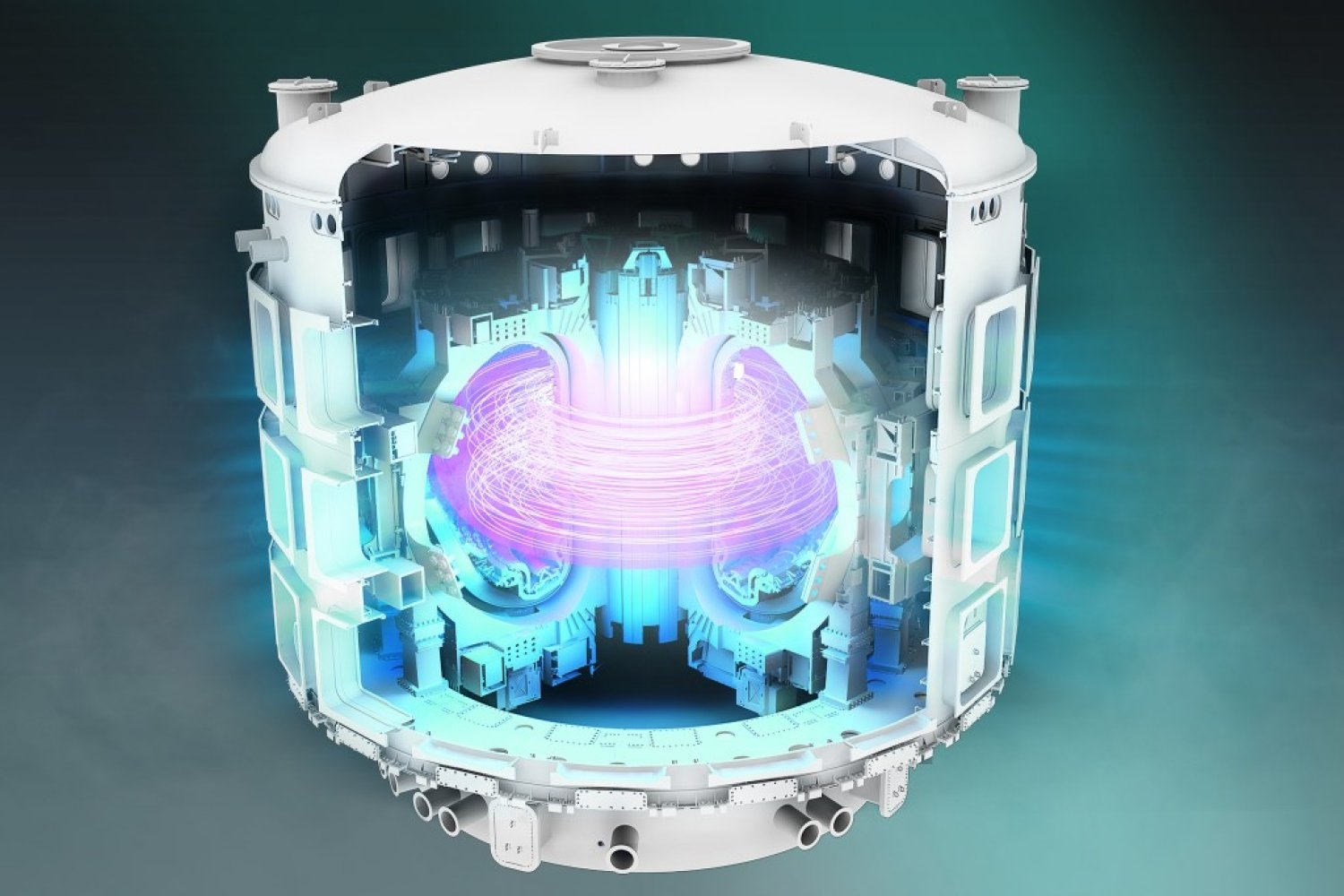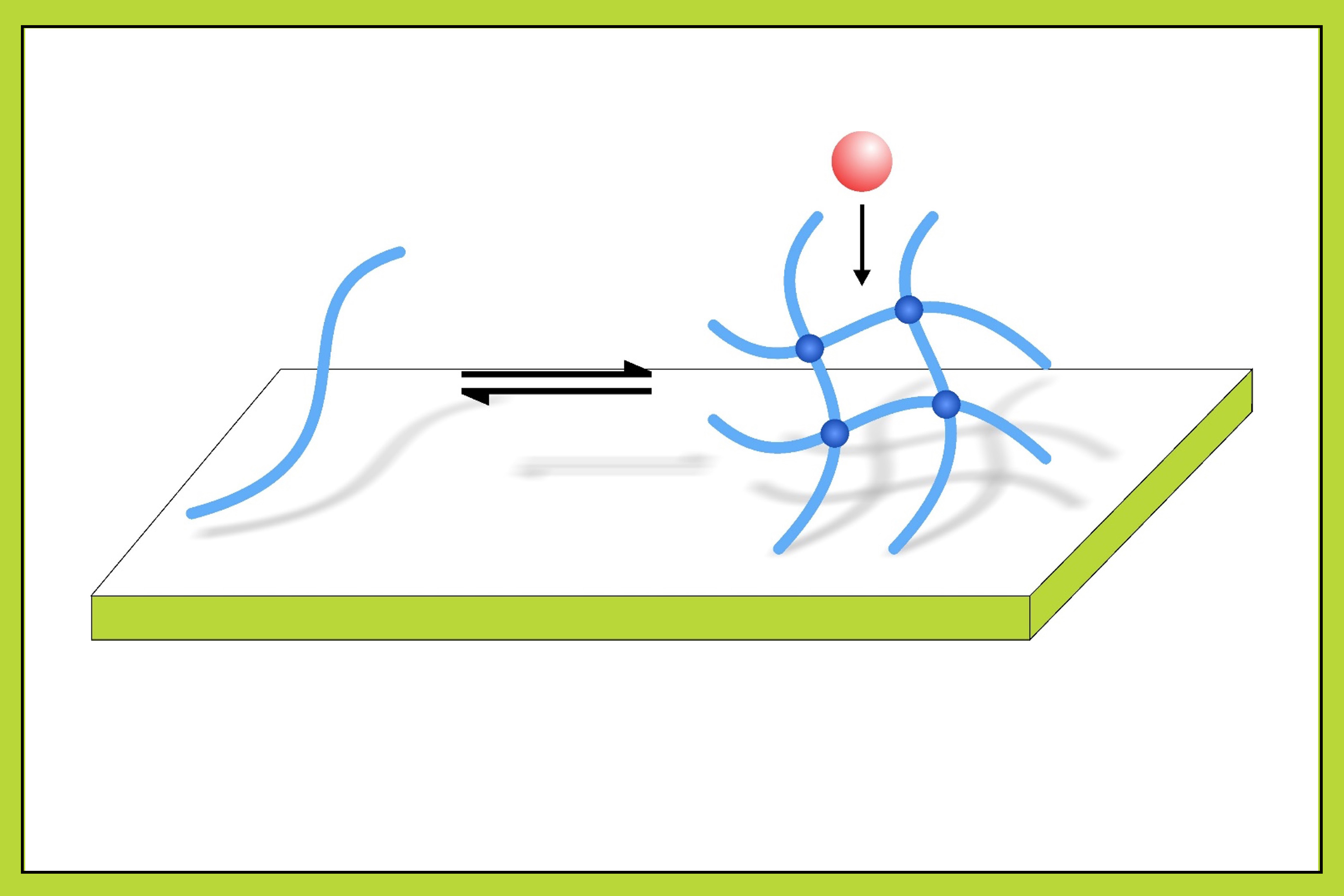Reducing carbon emissions from residential heating: A pathway forward
A new MIT study identifies steps that can lower not only emissions, but also costs, across the combined electric power and natural gas industries that now supply heating fuels.
Nancy W. Stauffer | MIT Energy Initiative •
mit
Feb. 19, 2025 • ~12 min
Feb. 19, 2025 • ~12 min
Unlocking the secrets of fusion’s core with AI-enhanced simulations
Fusion’s future depends on decoding plasma’s mysteries. Simulations can help keep research on track and reveal more efficient ways to generate fusion energy.
Julianna Mullen | Plasma Science and Fusion Center •
mit
Feb. 18, 2025 • ~7 min
Feb. 18, 2025 • ~7 min
/
437


